With hundreds of exhibitions and events vying for your attention in London during Frieze week, Apollo’s editors pick out the shows they don’t want to miss.
‘Eleanor Antin: Romans and Kings’ at Richard Saltoun Gallery (22 September–27 October)
In A Hot Afternoon by the American artist Eleanor Antin, two men wrestle, surrounded by long-haired women sitting in a lush, heat soaked landscape. The hyperreal work is part of Antin’s seminal The Last Days of Pompeii (2002) series and is on show in the artist’s first exhibition in London – alongside Helen’s Odysssey (2007). Part of a series of allegorical photographs based on Roman life, the works point to Antin’s desire to rewrite historical narratives. Associated with conceptual art practices from the 1970s and known as a feminist filmmaker and performance artist, Antin playfully deals with questions of identity, gender, and class. Also on show is the artist’s earlier body of work The King of Solana Beach (1972), in which Antin donned a moustache and posed as the ruler of Solana Beach in San Diego – the city in which the artist continues to live and work.
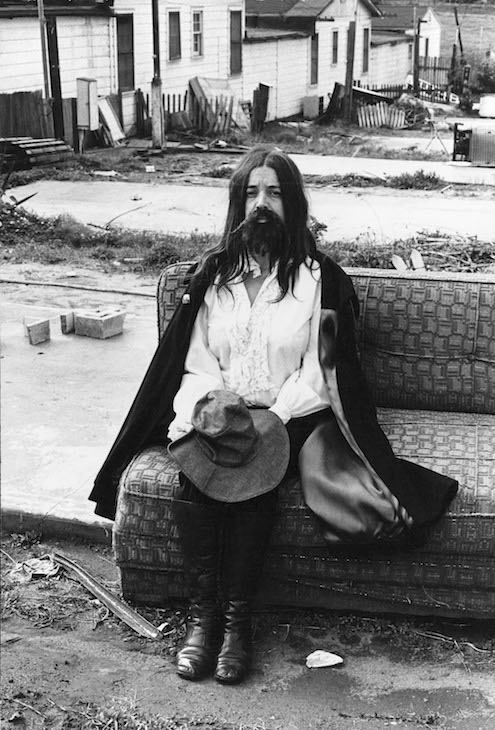
Men from The King of Solana Beach (1974), Eleanor Antin. Courtesy Richard Saltoun; © the artist
‘More Dimensions Than You Know: Jack Whitten, 1979–1989’ at Hauser & Wirth (27 September–18 November)
Although Jack Whitten has been the subject of many solo shows in the US, including a huge survey of his five-decade career organised by the Museum of Contemporary Art San Diego in 2014, this exhibition is his first solo presentation in London. Whitten was hugely influenced by de Kooning (whom he has admitted to following around like a puppy) but his work, which explores the possibilities of paint, also examines abstraction as a valid form of engaging with the black experience. This exhibition focuses on the years between 1979–89, a period in which Whitten was influenced by scientific and technological change; works such as his DNA series reveal his interest in photographic processes and electronic imaging. Two other works by the artist, including his inky, triangular homage to Malcolm X, can be seen in ‘Soul of a Nation: Art in the Age of Black Power’, at Tate Modern until 22 October.
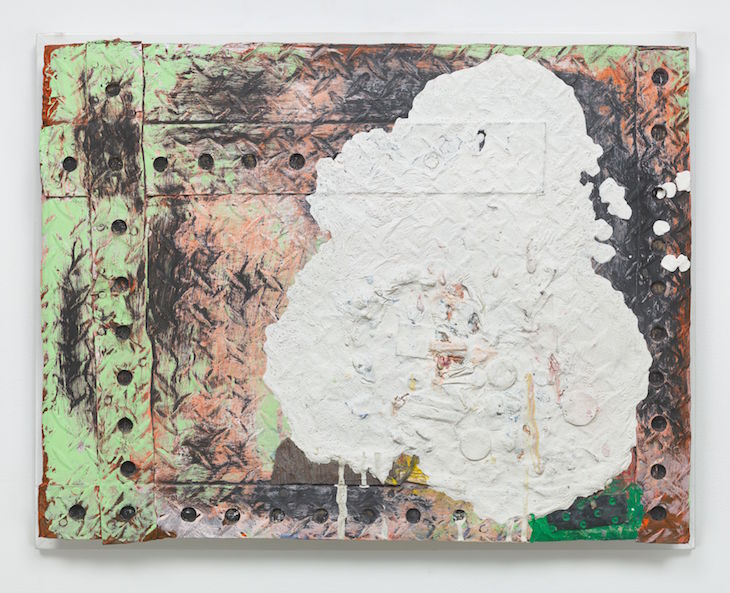
Ecdysis I (1989), Jack Whitten. Photo: Genevieve Hanson; Courtesy the artist and Hauser & Wirth; © Jack Whitten
‘Everything at Once’ at Lisson Gallery x The Vinyl Factory, The Store Studios (5 October–10 December)
Lisson Gallery celebrates its 50th anniversary this year with a large-scale exhibition staged in association with the Vinyl Factory (which partnered with the Hayward Gallery on the impressive ‘Infinite Mix’ show last year). Gathering together 24 artists on Lisson’s current roster – including Marina Abramovic, Richard Long, Wael Shawky, and Dan Graham – the exhibition features 45 works (including a number of new commissions) and takes its cue from John Cage’s prescient pronouncement in 1967 (the year that Lisson opened) that ‘Nowadays everything happens at once…’ To celebrate this half century in business, a new book is also being published that documents the 150 artists who have had solo exhibitions at the gallery. Elsewhere, the Zabludowicz Collection celebrates another anniversary, marking 10 years at its Chalk Farm space with a new commission by Haroon Mirza, another Lisson artist, who is known for his sculptural and sound installations (28 September–17 December).
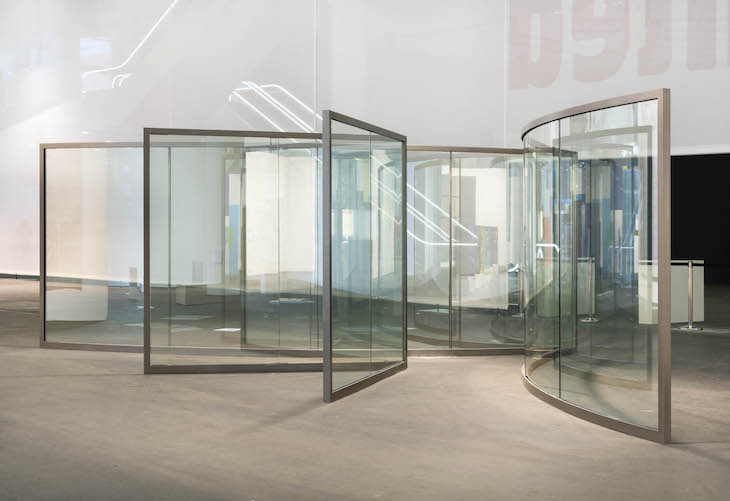
Two V’s Entrance-Way (2016), Dan Graham, Courtesy Lisson Gallery; © Dan Graham
‘Willem de Kooning: Late Paintings’ at Skarstedt (4 October–25 November)
It seems almost unimaginable that the sparse, abstract works on show here were made by an artist known for canvases heaving under dense layers of paint. This examination of de Kooning’s late paintings, made in the 1980s during the last decade of his 60-year career, reveals an artist who was endlessly productive and experimental. Washes of primary colours dance across the page; in their lightness of touch and energy they call to mind Matisse’s vibrant cut-outs. This is the first display of de Kooning’s late works in the UK since they were shown at the Tate in 1995.
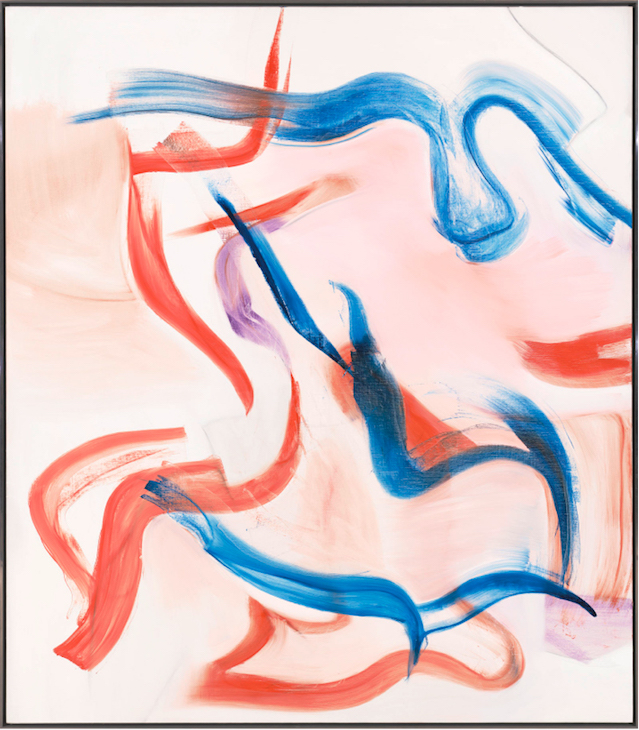
Untitled XLII (1983), Willem de Kooning. © The Willem de Kooning Foundation / Artists Rights Society (ARS), New York and DACS, London 2017
Unlimited access from just $16 every 3 months
Subscribe to get unlimited and exclusive access to the top art stories, interviews and exhibition reviews.

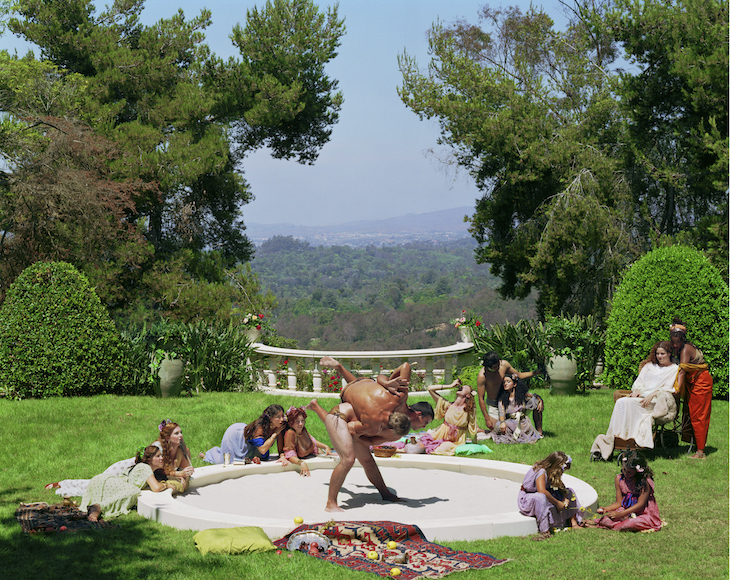
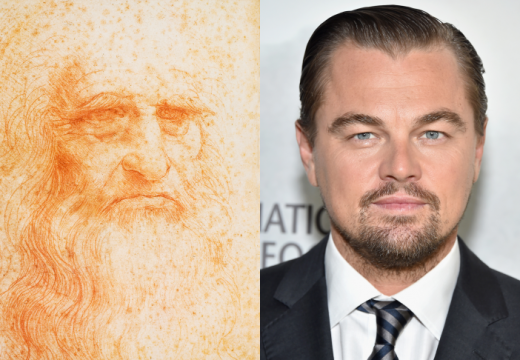
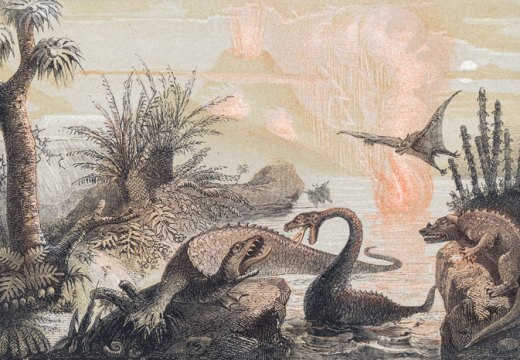
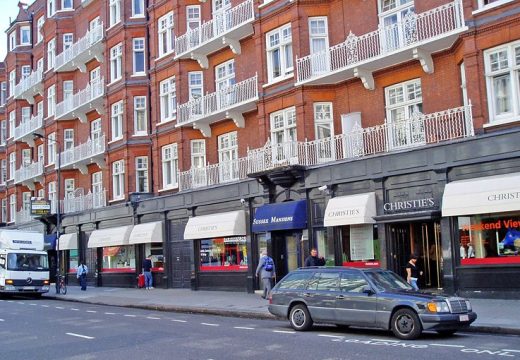









![Masterpiece [Re]discovery 2022. Photo: Ben Fisher Photography, courtesy of Masterpiece London](http://www.apollo-magazine.com/wp-content/uploads/2022/07/MPL2022_4263.jpg)
It’s time for the government of London to return to its rightful home